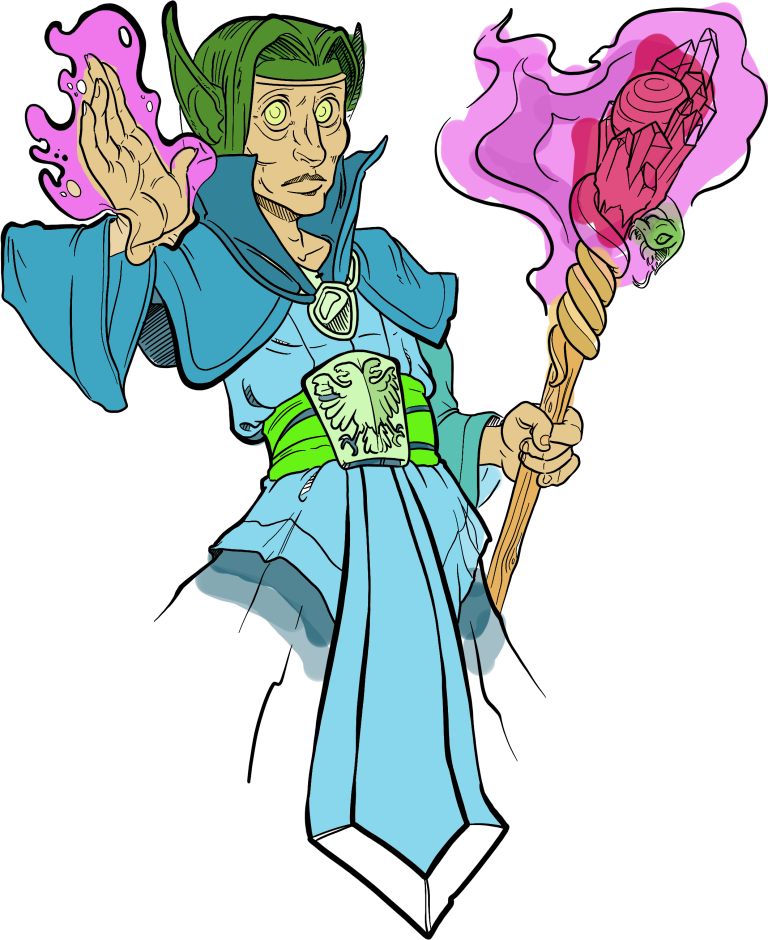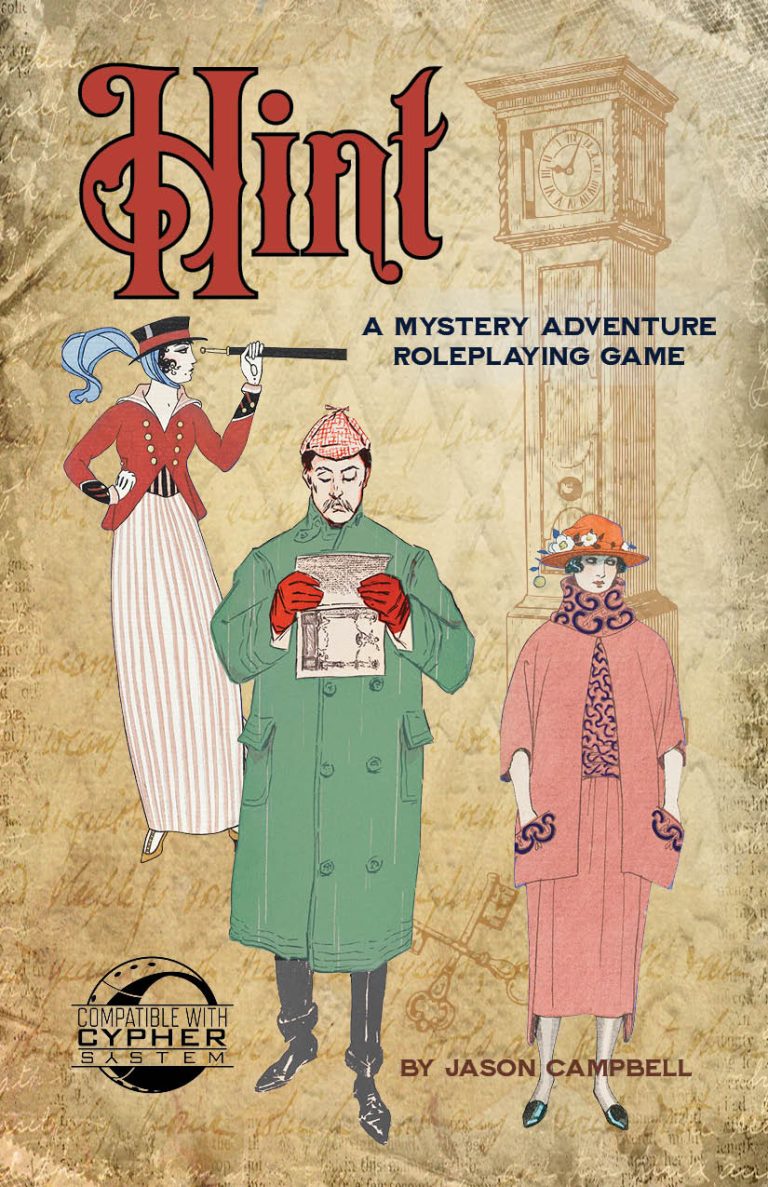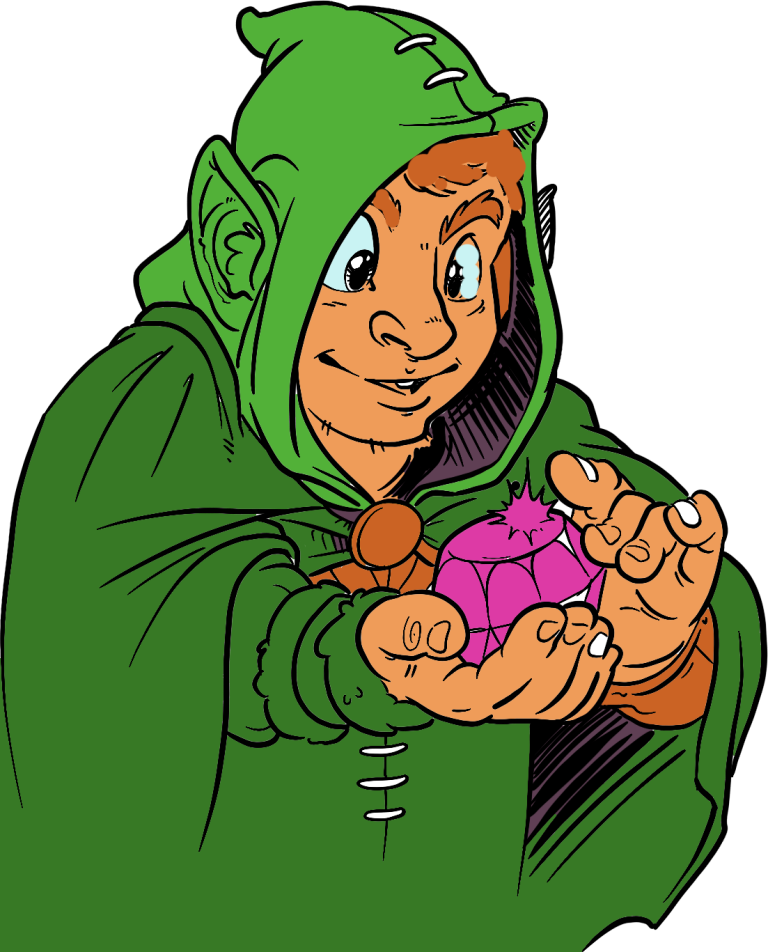by Steph, guest writer
Today’s post is written by guest author Steph. Steph is a parent to an awesome kid, an engineer and professor, and a major TTRPG, Star Trek, Dr. Who, etc geek who loves making, writing about, and running games and stories for others. They run the TTRPGkids website, which is a free resource for parents, teachers, and caregivers to learn about running tabletop RPGs for kids, and they write their own all ages games too!
Running tabletop RPG encounters for kids can be challenging – kids sometimes take more varied approaches to problems (which is great but can be hard to manage), there’s a lot to keep track of, taking turns can be difficult… and so much more. However, there are also some easy techniques that can help your encounters run smoothly, match your players, and keep all your kids engaged at the table!
Use a variety of encounters to keep your tabletop RPG engaging for your kids
There are a lot of different types of encounters that you can use in a tabletop RPG. There’s fights and battles, environmental challenges, skills tests, social encounters, and a lot more. To keep the game interesting, it’s important to rotate the types of encounters that you present your players with, especially when running games with kids.
With my kid (4yo), if there’s too many fights or skill challenges in a row within one game session, his interest starts to fade because he’s already figured out how to resolve that encounter. He doesn’t like when things get repetitive. To keep it interesting, I’ll make sure to throw different challenges his way – after a fight with a slime blob, maybe we then have a sequence where we run from a dinosaur followed by needing to convince a talking pterodactyl into giving us a lift out of the jungle. I rotated between a fight, a skill test, and a social encounter to keep it engaging.
Keep open to different problem solving methods from your kids
It’s important for kids to be able to figure out how to solve an encounter on their own and it’s also important for them to figure out how to solve it their way. Make sure that you leave lots of different ways for the encounter to go, and when your kids inevitably find a way you didn’t consider, be flexible. Sometimes it is more important to let them exercise their creativity than to be totally “correct” to the rules.
A good example of this is when I was running an encounter with my kid (again, he’s 4yo) where there was a sleeping dragon blocking the way out of a tunnel. I figured he might try to sneak by, explore the rest of the cave for another way out, wait for them to wake up and move, or try to fight them. Instead, he pulled out a cake that he was supposed to be delivering as part of the quest, walked over to the dragon, woke him up, and started singing “Happy Birthday”. So, it maybe just so happened it was the dragon’s birthday and they thought everyone had forgotten. It wasn’t what I planned, and it was silly, but it was also a lot of fun to just roll with the new path that my kid opened up.
Keep encounters short
Especially if you’re running with multiple kids or with a crunchy system, it is important to manage how long an encounter is so that your players aren’t getting burned out. If you think about the types of TV shows the kids you’re playing with watch, the time length on those is probably a good gauge for the maximum length of your encounter since that’s where their attention span likely is. If they do 30 minute shows, try to keep it around or under there. If most shows for kids their age is about 15 minutes, or maybe even less, I recommend have a very quick encounter.
With my kid, we do a lot of tabletop RPGs because we review so many for the blog, but even with all that XP under our belt, he still only wants to do about a 15 minute encounter at a time. He can do 2 hour sessions, but the encounters need to rotate to keep his interest. I keep things short by not having too many opponents in a round and by keeping the number of rounds low for any kind of skill test.
Rotate the spotlight during the encounter
It can be really hard for a kid to take turns and let others speak when they’re engaged and excited about a thrilling encounter! It can also be equally hard for a kid to get spoken over by another player and never get the spotlight. There’s a few techniques, like the spotlight card from Adorablins or using a turn tracker, that can help show who gets to speak.
When playing an exciting game, we definitely run into issues with taking turns. My kid often will blurt out his ideas and try to do everything. He is just excited, and I understand that, but he’s got to learn to let everyone else have their time too. To do this constructively, I don’t tell him to be quiet or punish him or anything, I just check in to see who has the talking stick (one of our versions of the spotlight card) and ask if it’s an emergency or if we can finish up what we’re doing and then shift the talking stick around. This helps things go a lot smoother, shows him that we will make time for him to be heard, it makes the turn clear, and it helps with learning to respect other people’s voice.
Let your kids get excited about the encounter (within reason)
When we have an encounter that really clicks, kids can get very excited! They might try to act the scene out or get really enthusiastic with rolling the dice and fling dice everywhere or accidentally jump ahead in the turn order or a ton of other things! What’s important here is to not quash that enthusiasm but to make sure they have a good way to express it. Let them get excited and maybe act things out, as long as they aren’t accidentally hurting anyone around them. Let them fling the dice hard, as long as it’s contained somewhere. That energy needs an outlet.
With my kid, he definitely gets excited when we have an interesting chase scene, archery contest, robot fight, etc. I have a space set up near our game table where he can go when he needs to act out what he wants to do as part of his explanation so he’s not flailing into the table or whoever is sitting next to him (usually me). I also have a cardboard box that we sometimes use as a dice tray for “big dice rolls” so he can roll them as hard as he wants without them scattering about the house. Letting him get this energy out lets him enjoy the excitement that he’s got while also teaching to be mindful of how that enthusiasm can affect others and how to find a good way to use it. Letting him embrace this lets him learn to handle himself, extra energy and all, in a way that respects others too.
I hope this article helped give you some ideas on how to adjust your tabletop RPG encounters to better match some of the particular challenges that come with running these games with kids! If there’s any other specific challenges you’ve run into when setting up encounters for kid’s tabletop RPG’s, let me know in the comments below!
If you’d like to follow Steph’s work make sure to subscribe to the TTRPGkids monthly newsletter to stay up to date on the latest reviews, tips and tricks, game and podcast list updates, and more! Thank you for playing tabletop RPGs with your kids and sharing this awesome hobby with the next generation!





